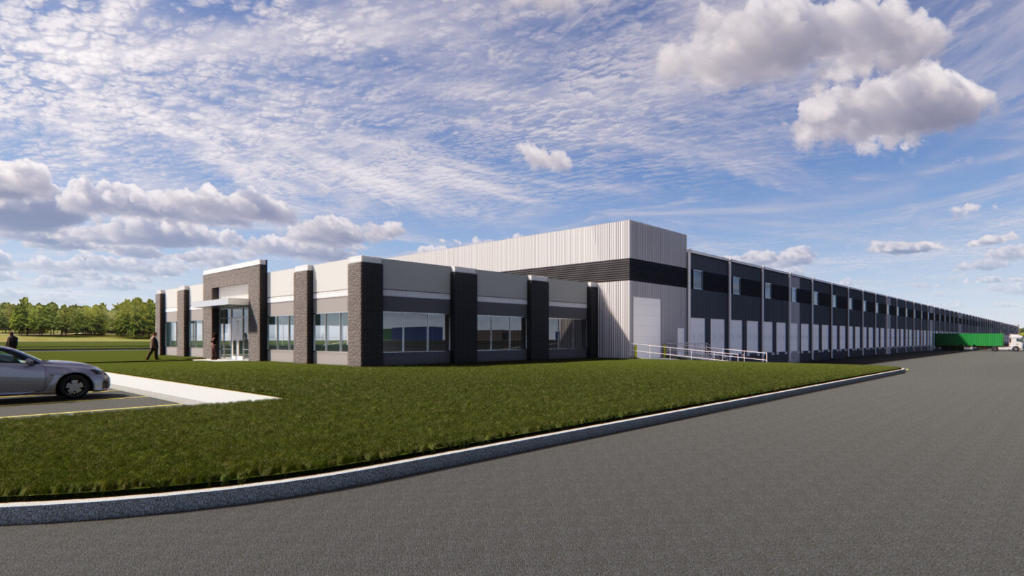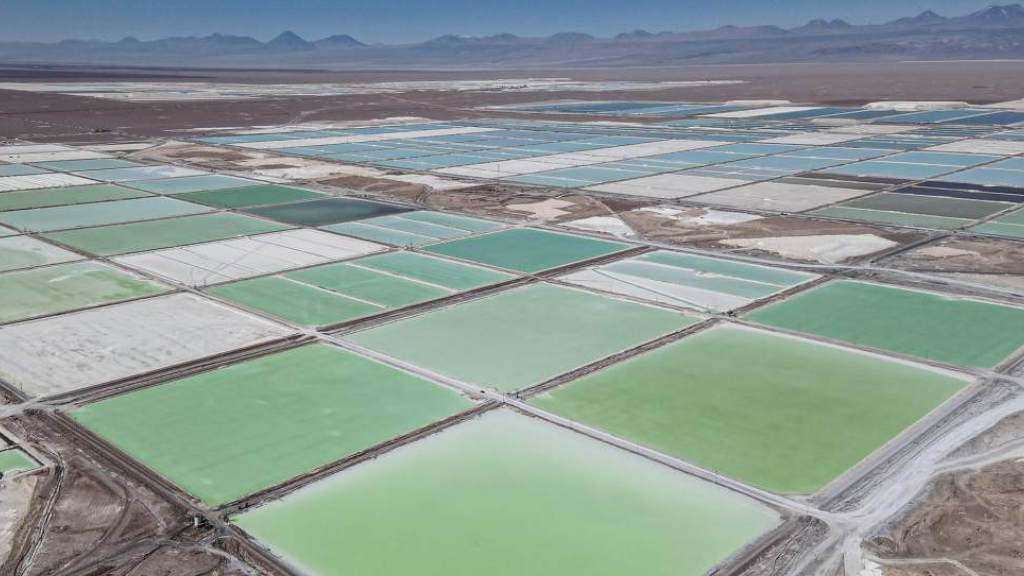Investments made – mainly by manufacturing businesses – rose by 76% in 2023 to hit ₽261 billion (US$2.8 billion) according to the Russian Association of Industrial Parks (AIP). Only confirmed investments on completed projects — were taken into account, with the volume the highest in ten years. AIP Director Denis Zhuravsky has said that the increases are a result of a response to unmet demand, while a new wave of creating local production of finished products is coming, replacing outgoing imports from “unfriendly” countries.
Russian capital is replacing Western capital however, as the share of foreign investment in industrial parks is declining, shifting the balance between foreign and Russian investments. In 2020 Russian investments were estimated at 45% of the total in Russia’s Industrial parks, increasing to 53% in 2023. Of the investments made directly in 2023, 72% were Russian companies, 17% Turkish, 3% German with other foreign nationalities making up the remaining 8%.
There is another difference, foreign investors tend to implement larger projects, with average investments of ₽2.6 billion (US$27.5 million). Russian companies are more often represented by SMEs with an average investment of about ₽200 million (US$2 million).
However, this trend is showing signs of change – Russian MNCs area now showing greater interest in Russia’s industrial parks, while supporting infrastructure is also improving. During 2023, investment into park infrastructure itself was estimated to be ₽46 billion (US$487.6 million) an increase of 40% more than in 2022. According Zhuravsky, the Russian market demand for production and warehousing facilities will last several years. To accelerate the creation of finished sites, he believes, it is necessary to extend industrial mortgages to the management companies of industrial parks – an issue the Central Government will need to look at in providing support.
Industrial Parks offer specific advantages and especially so in the manufacturing sectors. They are typically sited near to port access, and possess duty-free areas where products can be brought in from other countries (such as China) without the initial need for customs duties. These products can then be matched with Russian sourced products to manufacture a complete item. They can then be either resold on the Russian market (when the import duty in the imported components is levied) or exported (when no customs duty is levied and VAT on the domestic components can be reclaimed).
Russia has about 80 Industrial Parks, that also offer other incentives such as reduced utility rates and several years of profits tax exemptions. Consequently, they are very useful in developing a national export manufacturing business – and it appears that Russian businesses are finally now taking full advantage.





